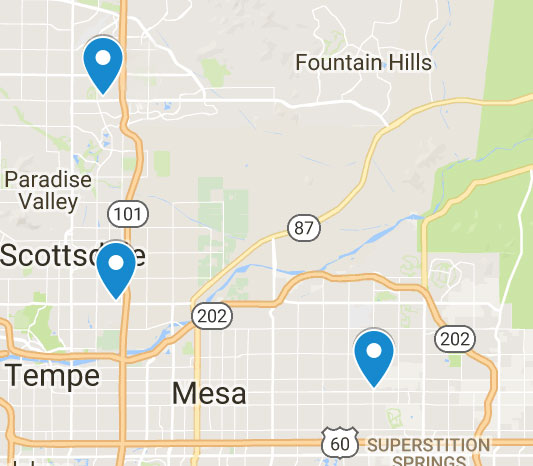It sounds worse than it is; ear wax impaction. Many people have it and too many do not seek medical help. When it becomes time for a professional like one of our audiologists to remove the ear wax that has built up in your ears, there will be a number of signs for you to identify. You may feel fullness in your ear or have a hard time hearing – or a number of other symptoms. Each of the signs is a reason to consult one of our offices and have the ear wax removed so that you can improve your hearing and life more comfortably.
Ear wax, also called cerumen, is made by the body to protect the ears. The ear wax has both lubricating and antibacterial properties. It can become impacted when it has built up in the ear canal to such a point that there may be signs that something is not quite right. For most people, the ears are designed to remove ear wax on their own. But with some people, wax buildup and blockage often happens when people use items like cotton swabs. This only pushes the ear wax farther into the ears and can also cause injury to the ear. Some of the most common signs of ear wax impaction include:
- A feeling of fullness in the ear
- Pain in the ear
- Difficulty hearing, which may continue to worsen
- Ringing in the ear (tinnitus)
- A feeling of itchiness in the ear
- Discharge from the ear
- Odor coming from the ear
- Dizziness
Ear wax can buildup in the ears of just about anyone, but it is more likely for people who have developmental disabilities, people who insert cotton swabs or other items into their ears, aging adults, people with abnormally shaped ear canals and especially people who use hearing aids, ear molds or ear plugs. For those patients with hearing aids, ear wax is the leading cause of hearing aid malfunction, worsening hearing loss, hearing aid feedback or added pain. The current guidelines from the American Academy of Otolaryngology–Head and Neck Surgery Foundation recommend that people who wear hearing aids get professional ear cleaning once or twice a year.
In our office, ear wax removal may be done through a variety of means including the use of a curette (a tool used to scoop or pull wax out of the ear), and flushing the ear with water. Each clinician chooses which technique based on the severity of impaction as well as personal preference. You can see the procedure firsthand with our video and also recognize the importance of monitoring your own hearing and hearing loss symptoms. If you have these symptoms, feel free to contact one of our trusted audiologists. You’ll be on your way to better hearing!

